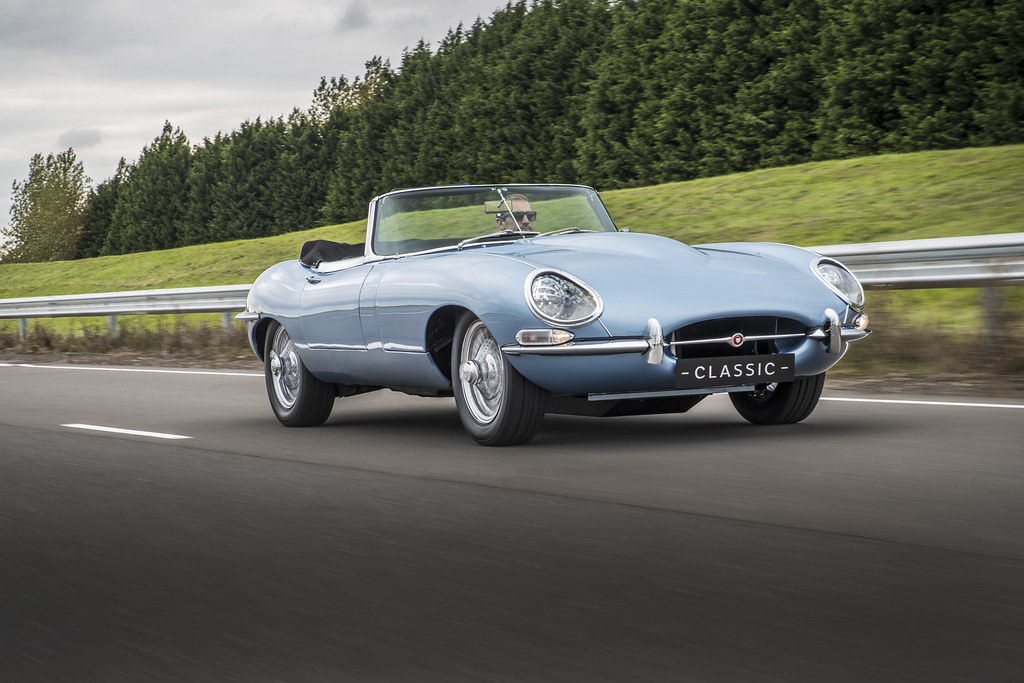
What would your answer be to this question, what is a classic car? Here in the states we seem to have a lot of different answers. In an article we wrote back in 2016, we tried to clarify this debate with broad definitions of classic, vintage and antique vehicle classifications.
For the most part we all agree that classic cars that at least 20-30 years old are thought of as a classic. And most will agree they need to be kept in original condition. Taking a 1967 Dodge Challenger and dropping in the all-new 392 Crate HEMI Engine Kit is going to kick this car out of the “classic” classification.
The same reasoning then should apply to classic cars that are converted to electric drivetrains. It appears then that we are not the only ones that think so. According to a statement made by FIVA (the Fédération Internationale des Véhicules Anciens or international federation of historic vehicles), any vehicle that has been converted to electric is no longer considered historic. We are considering historic to be an umbrella term for what we call classic, vintage or antique.
FIVA itself is a massive global organization dedicated to preserving and protecting historic vehicles since 1966. They have more than 2 million vehicle owner members across 85 groups in 62 different countries around the world. To say they are an authority on historic vehicles would be a major understatement.
According to FIVA, in order for a vehicle to be considered historic it must meet specific requirements. A historic vehicle is a mechanically propelled road vehicle that is:
- at least 30 years old
- preserved and maintained in a historically correct condition
- not used as a means of daily transport
- part of our technical and cultural heritage.
It is the second point that a vehicle must be preserved and maintained in a historically correct condition that immediately eliminates all customized and electric converted cars from being historic, a.k.a. classic.
Tiddo Bresters, FIVA’s Vice President, Legislation, had this to say on the matter. “It is not, in our opinion, the shape or body style of a vehicle that makes it ‘historic’, but the way in which the entire vehicle has been constructed and manufactured in its original form. Hence if any owner, motor engineer or manufacturer chooses to make such conversions to a historic vehicle, FIVA would strongly recommend that any changes are reversible, with all the original components marked and safely stored. In this way, the vehicle may – if so desired in the future – be returned to its original state and may once again become a historic vehicle.”
It might be easy to take that statement as offensive to those that have chosen to convert their classics to electric, but that was never the intention of FIVA. They fully understand the allure of customizing vehicles with better safety and performance options much like an electric conversion can provide. There must be however a line drawn in the sand as to what is still considered an original classic.
In some cases, it might be impossible to keep a vehicle an original classic. What if you are restoring an Oldsmobile Jetfire? A custom engine or electric drivetrain may be your only solution if you want to keep it on the road. Unless you happen to know someone with an extra Turbo Rocket V-8 laying around.

